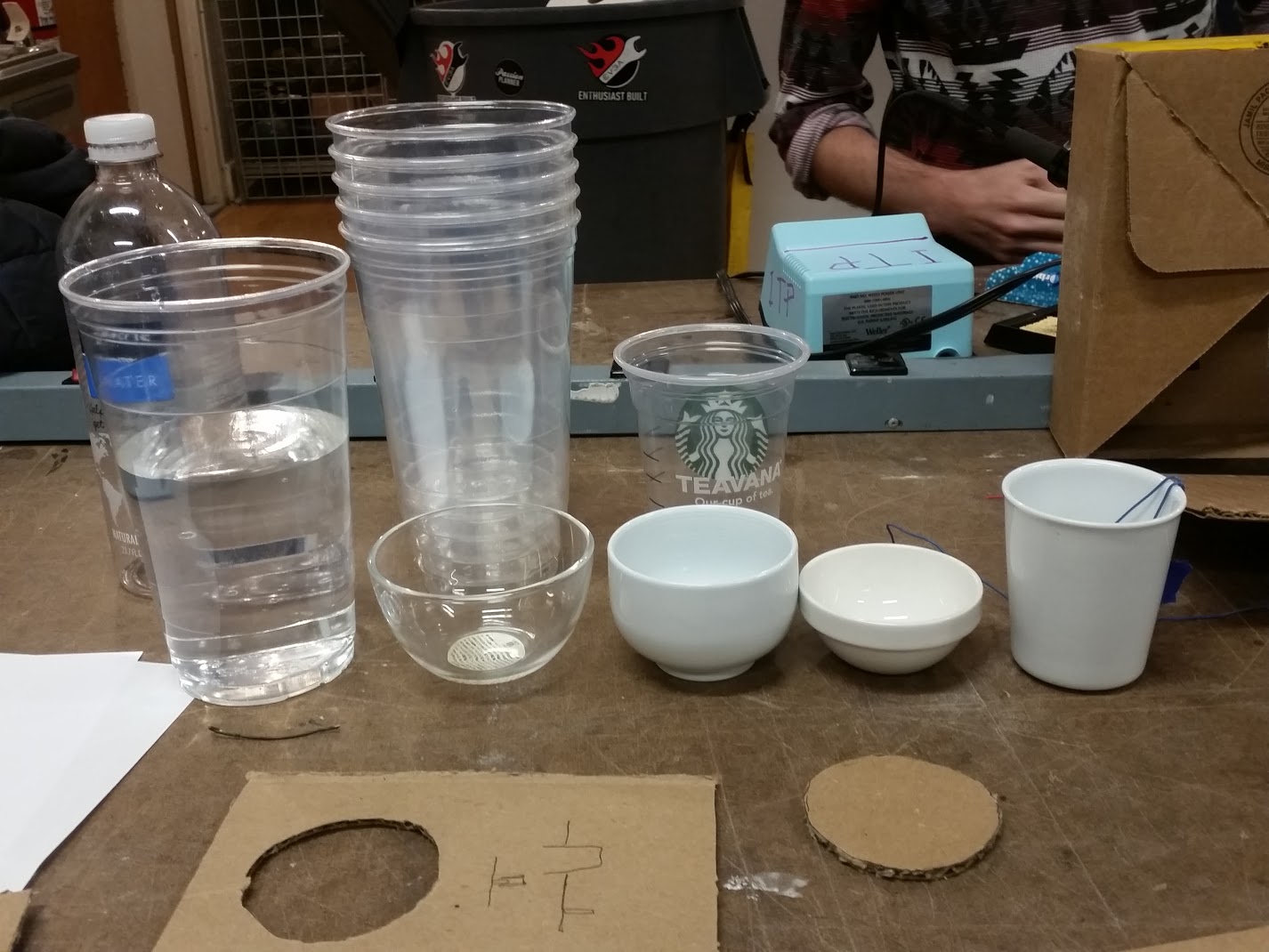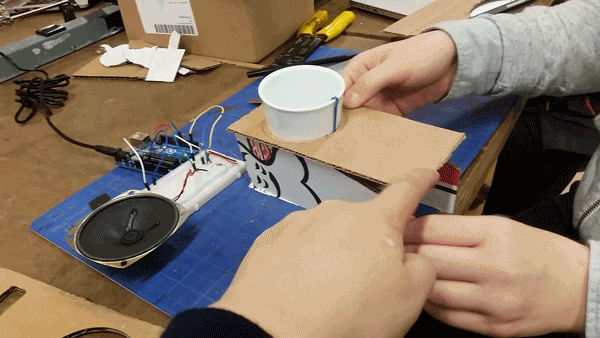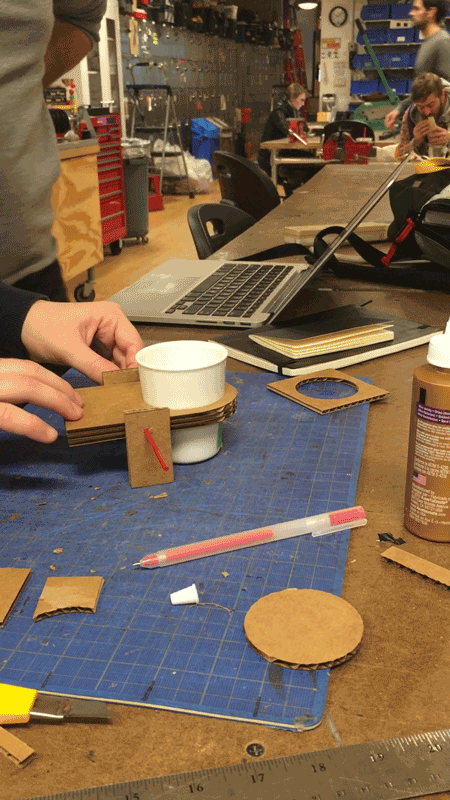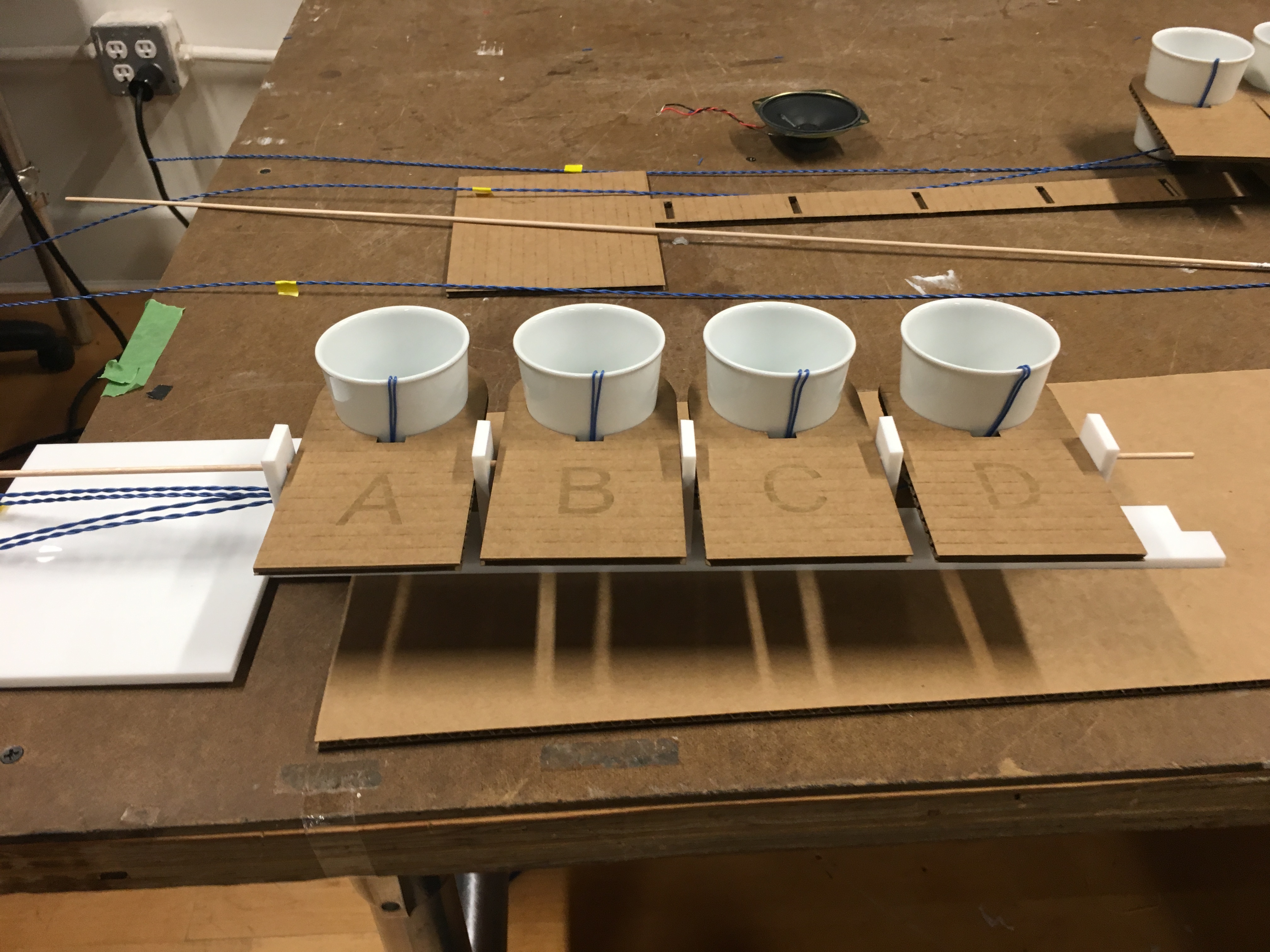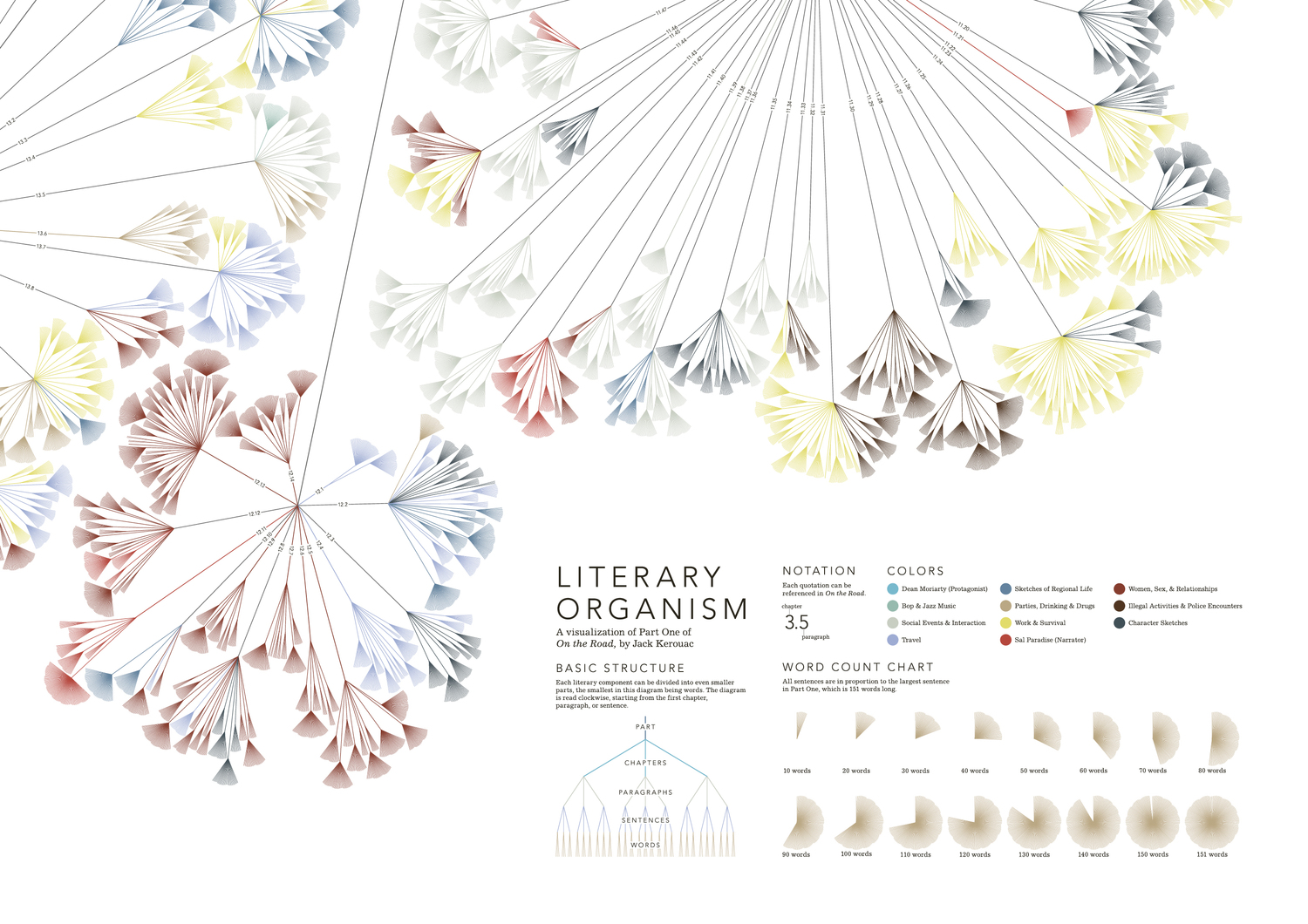Things I Learned
- Aleatoric music..is music in which some element of the composition is left to chance, and/or some primary element of a composed work’s realization is left to the determination of its performer(s). (Wikipedia)
- Sonograms are the predominate visualization of bird songs.
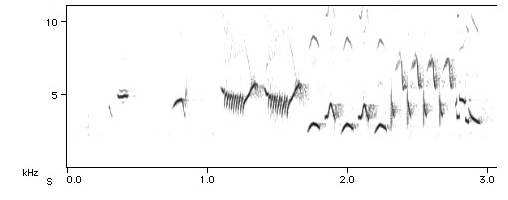
- Ideal 1/4” acrylic vector cut settings for the 60W laser: 8/100/5000 with two passes
References
- Empire, Eline Jongsma and Kel O’Neill, an interactive web documentary examining the unintended consequences of Dutch colonialism
“The UI and UX will change when the data does. I’m interested in seeing how it will change and what design will look like when it’s optimized for transparency around data and not for minimal efficiency.” –
Caroline Sinders, #tfw your side hustle becomes your main gig1
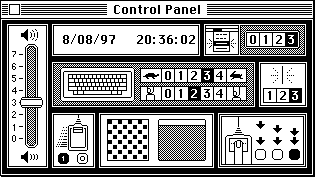
”It provides a means of recognizing the spatialities of software—not simply linking the screen, register, and algorithm with roads, rooms and runways, but showing how such things in turn transduce each other…”
- Matthew Fuller, “Foreward” in Code/Space: Software and Everyday Life. Cambridge, MA: MIT, 2011.

”We usually understand and acknowledge that a documentary is a creative treatment of actuality, not a faithful transcription of it…Documentaries marshal evidence and then use it to construct their own perspective or proposal about the world. “
Guest Speakers
Tega Brain, “More Questions Than Answers”
- When technology fails or works in an unintended way, what does it enable? How can technology be productively inefficient?
- Being Radiotropic, 2016 questions how we are increasingly orienting ourselves to wireless infrastructures through a series of three wifi routers that “misbehave” or behave eccentrically. One is based on the phases of the moon, another is paired with the lighting and “unlighting” of a candle, and the last responds to the disposition of a house plant.
- How the “format” of the work, such as a start-up or business, can also be a mode for critical practice (Unfit Bits and Smell Dating).
